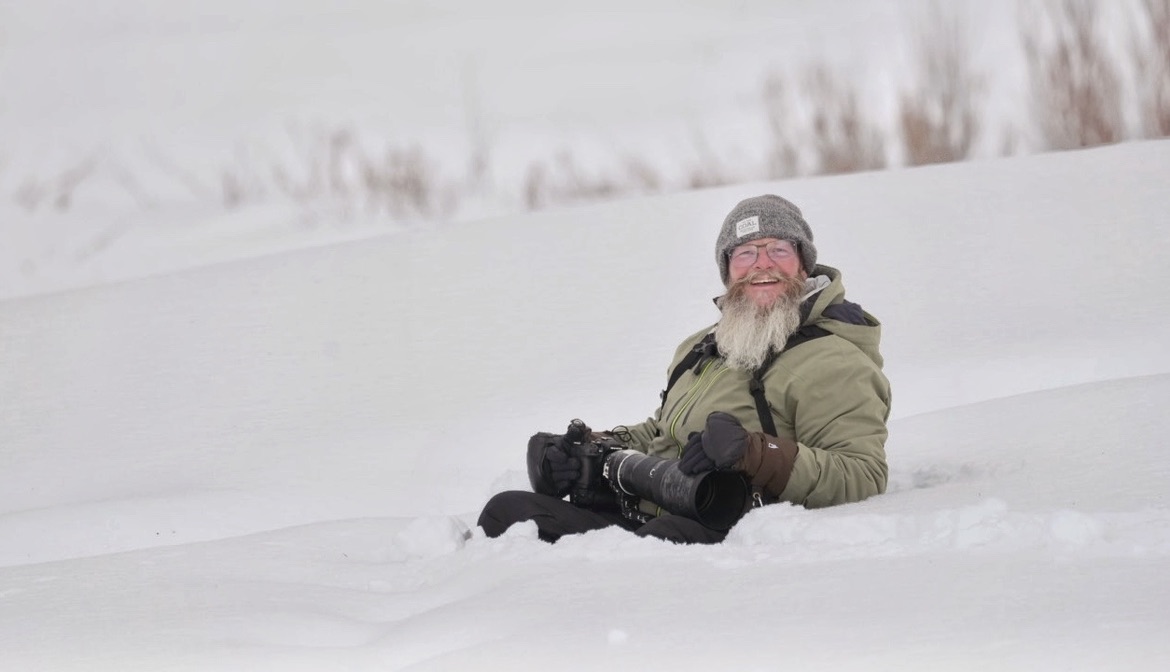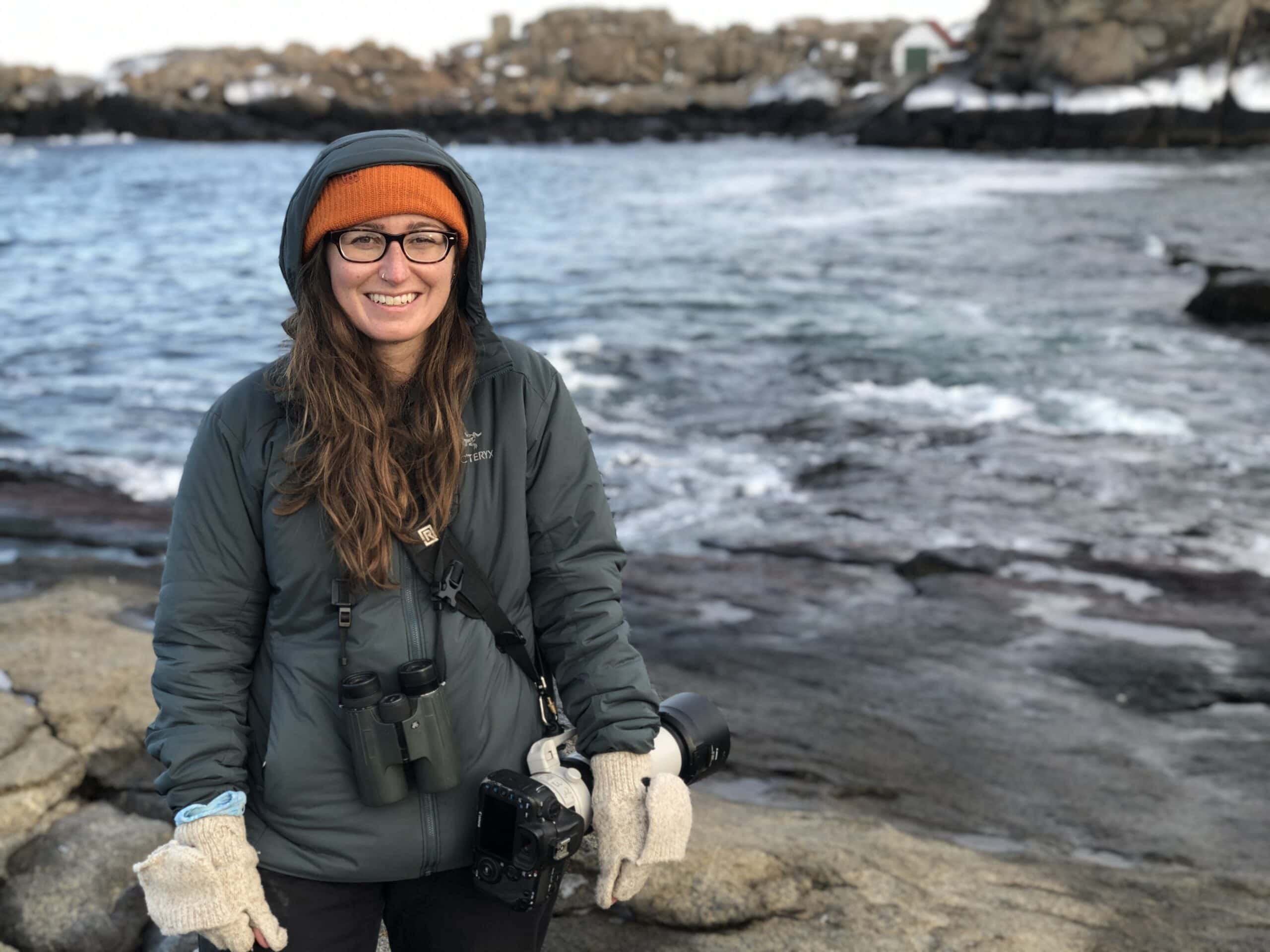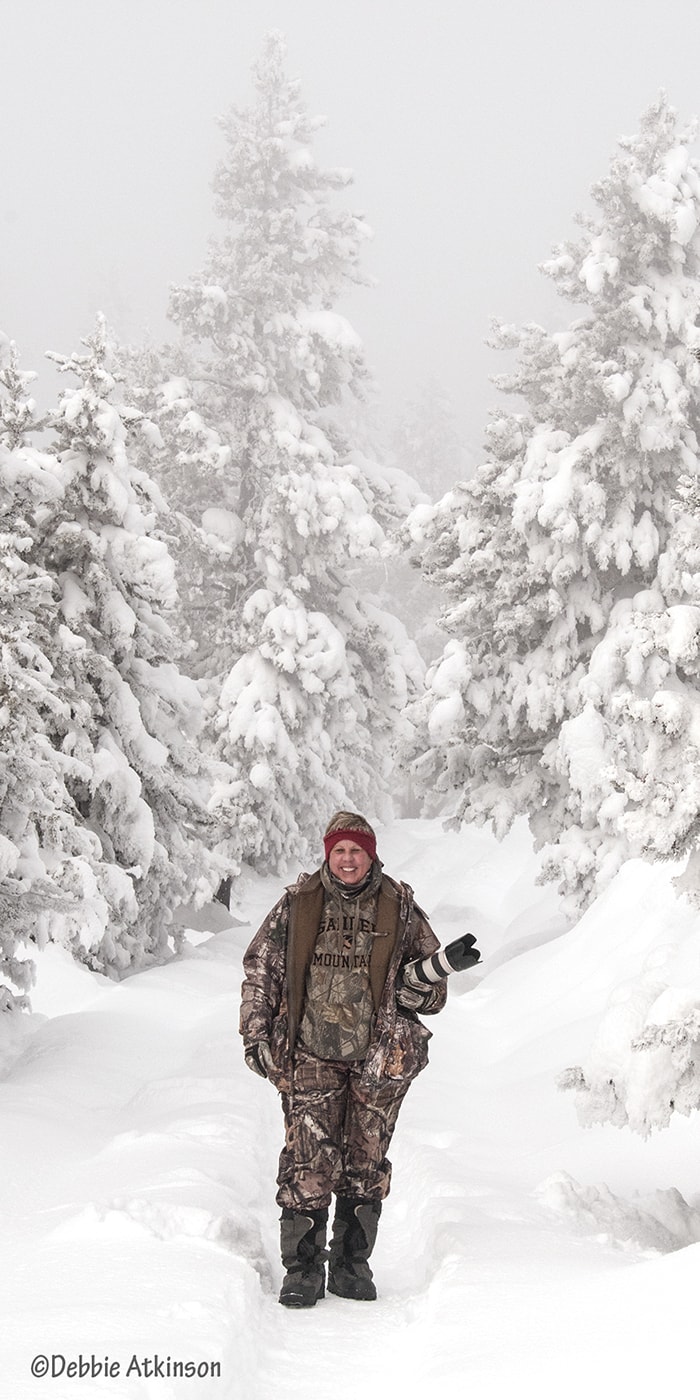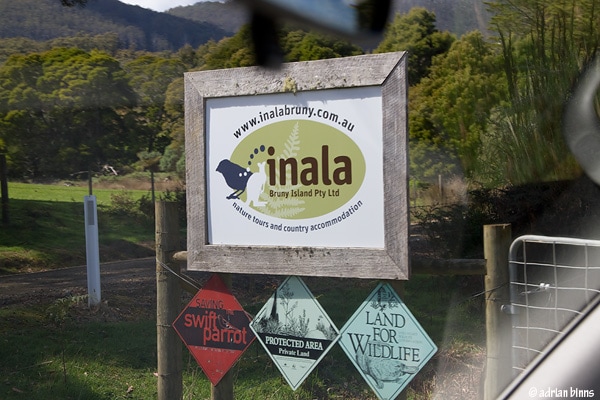AUSTRALIA: TASMANIA, BRUNY ISLAND, Inala
Nov 18, 2012 | by Adrian Binns
Oct 10: We awoke to a beautiful, sunny day on Bruny Island, located a short ferry ride away from Tasmania’s south-eastern coast. The temperatures were pleasantly cooler than some hot days we’d encountered previously during our expansive avian tour of Australia.
We spent the morning at Inala, an aboriginal word meaning “a peaceful place.” Inala is a “Land for Wildlife” property set on 500 acres, owned and operated by Dr. Tonia Cochran. Tonia graciously showed us around her property which she is preserving and enhancing for endangered species, in particular the endemic Forty-spotted Pardalote and the Swift Parrot. In fact, all of Tasmania’s 12 endemic bird species can be found here. Tall, wet eucalyptus forest and heathlands covers most of the acreage, along with a few pastures, one in which we saw Bennett’s Wallabies, including an albino.
After a brief introduction of Inala, we took a leisurely walk through pastures and forest edges. We were soon familiar with the small, beautiful Flame Robin, abundantly foraging on the ground and alighting on fences. It was one of three robin species on the property, the others being Scarlet Robin and the less colorful, endemic Dusky Robin. Loud, penetrating, alarm calls of Masked Lapwings drew our attention to the sky, alerting us to the presence of a Brown Falcon and Brown Goshawk.
We enjoyed good looks at Fan-tailed Cuckoo, the parasitic Shining Bronzed Cuckoo, and Grey Shrikethrush. Golden Whistlers showed very well, contrasting with brief glimpses of the shy, reclusive Olive Whistler, as it worked its way through deeply shaded vines. Some of our group were fortunate enough to see a Beautiful Firetail, a small, strikingly-patterned finch.
Tonia proudly pointed out a pair of Forty-spotted Pardalotes inspecting a natural cavity ‘box’ placed in a stand of White Gums for them to use. Judging by the amount of activity and forays back and forth, the birds would be quite content to utilize this abode. One of the smallest birds in Australia, this Tasmanian endemic is a federally-endangered species, and threatened by extinction due to habitat loss from clear-cutting and competition from aggressive birds like the Laughing Kookaburra, who predates on smaller birds and nestlings. Their populations are restricted to just a half-dozen locations in Eastern Tasmania, where they rely upon White Gum trees for food and survival. Conservation efforts initiated in the early 1990’s, including land acquisition and public education, are having an impact, as there are estimates of about 4,000 breeding pairs. While here, we also enjoyed good looks of Striated and Spotted Pardalotes.
We had a brief sighting of Yellow-throated Honeyeater, saw good numbers of Black-headed Honeyeaters, and a Strong-billed Honeyeater, which occupies the niche of sittellas (nuthatches) and treecreepers here on Bruny Island. We also heard a Tasmanian Scrubwren, ending our 2-hour walk with 11 out of the 12 Tassie endemics on her property!
Our visit to Inala ended with relaxing tea, coffee and biscuits, watching staff care for orphaned wallabies and pademelons, including one really cute baby, that was living in a cotton sac mimicking its mother’s pouch.
We had a very pleasant lunch at the small Penguin Cafe in Adventure Bay, served efficiently by our host, who managed everything herself. We watched bright green Swift Parrots feeding high in the eucalyptus trees lining the village. Another island specialty, Swift Parrots are also a threatened species, who breed on the eastern edges of Tasmania, but migrate to the mainland for the winter. Their decline correlates to the loss of Blue Gum trees, which are cleared for agriculture and timber. The parrots feed upon the nectar-rich flowers of mature trees, which are favored for cutting by the timber industry. Conservation efforts are in place, but it’s recovery depends upon cooperative habitat plans for the birds’ breeding as well as wintering grounds, and more information is needed to understand the species.
During mid-afternoon, we took an hour-long walk down the Mavista Nature Trail. It was a pleasant stroll, following the banks of Waterfall Creek, where tall eucalypts shelter a rainforest understory, but it was rather short on birds!
Dinner choices were few and far between on this sparsely-populated island, but we were able persuade the “Hot House Cafe” to open for our group. Since it was early spring, the outdoor seating was covered with plastic sheeting, hence the name of the cafe. It was different for sure, and one must never judge a book by its cover, as it turned out to be an excellent dinner and to-die-for desserts, warmly served by Michael and Fiona.
One of the tour highlights was The Neck Rookery, just a short drive from our cottages. We reached the area after dinner, at the end of the day, and walked down the boardwalk to the eastern observation station. In the fading light, we could just make out Short-tailed Shearwaters cruising above head level. We were most eager to see Little Penguins, also known as Fairy Penguins, because of their small size. They were apparently in no rush to leave the sea, where they had spent the whole day swimming and feeding. It was nearly 9 o’clock before we saw silhouettes of penguins emerging out of the surf, waddling up towards their sand burrows to roost for the night. In groups of five or six, they worked their way up to their burrow colonies near the boardwalk. As they got closer, we could see them in our red torchlight as they paused amongst the grasses, as if to say, “OK, here I am, take a look.” Walking back up the boardwalk, we could hear them grunting and baying from their burrows, fascinating sounds from these amazing birds, the smallest penguin species in the world.
During our return journey back to the Cottages, our headlights illuminated a Water Rat scurrying in a culvert.
all photos © adrian binns

































